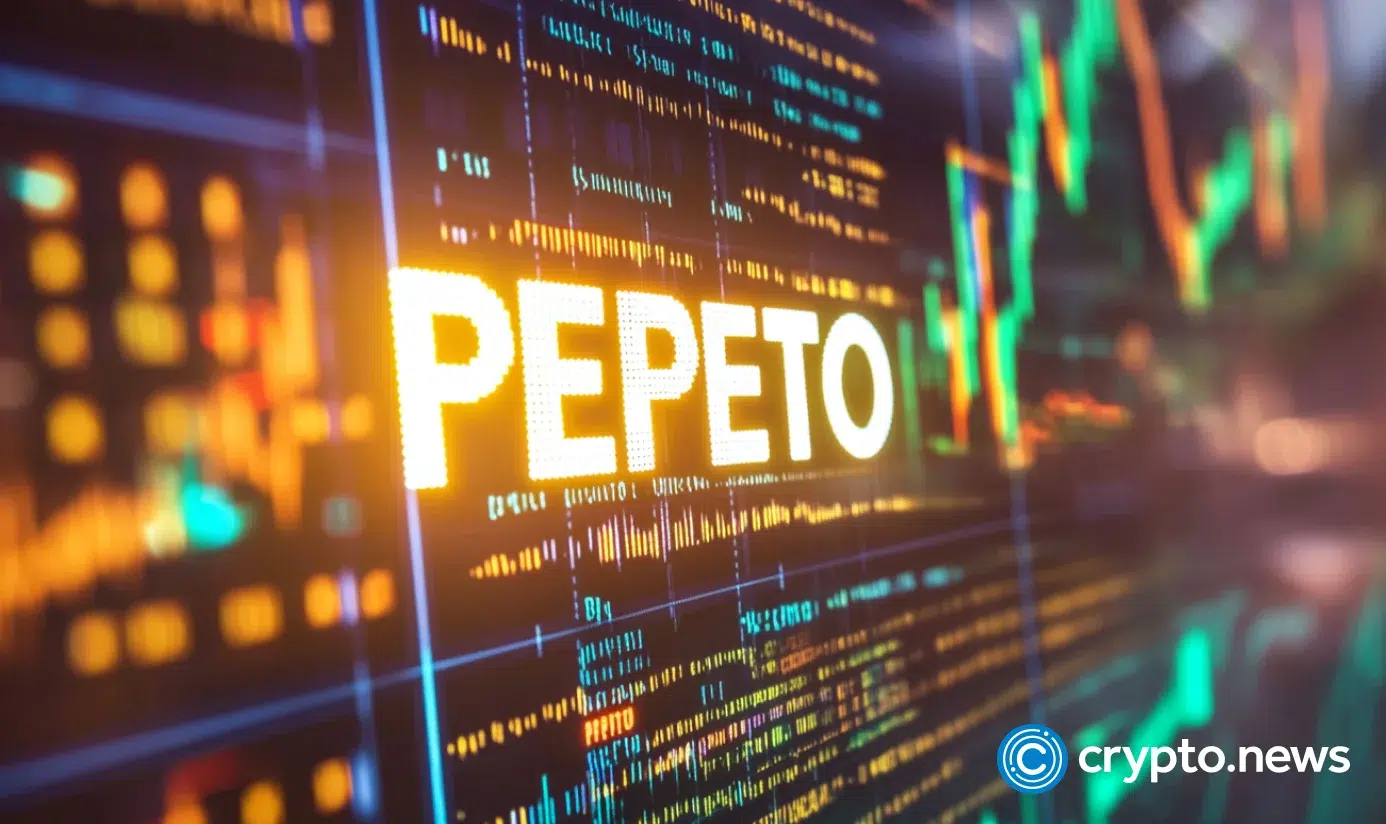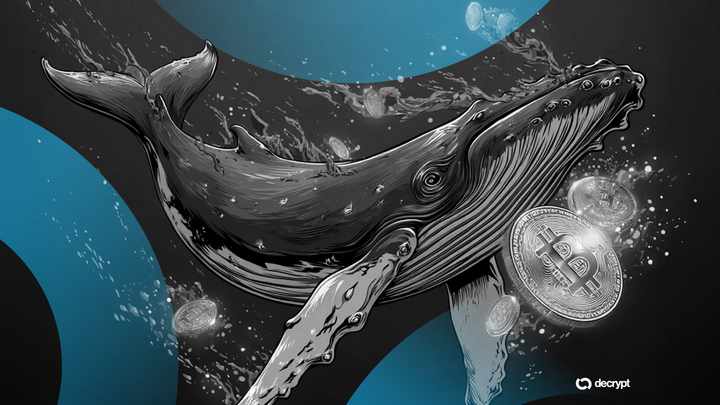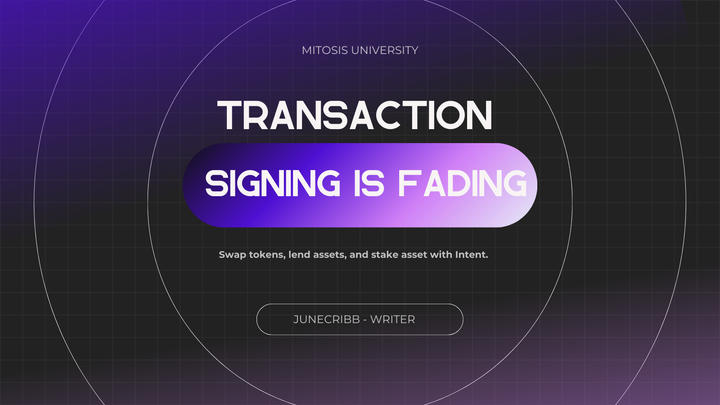Why Everyone’s Talking About Memecoins Again in 2025

If you’ve been anywhere near the world of crypto lately, you’ve probably noticed something wild: memecoins are back and bigger than ever. After a few quiet months, coins like Dogecoin, Shiba Inu, and PEPE are once again lighting up social media, making headlines, and sending crypto charts into overdrive.
But these aren’t just silly internet coins anymore. While they still thrive on jokes and memes, many of them are building actual ecosystems, growing massive communities, and even attracting serious investors. That said, memecoins are still some of the riskiest plays out there—and for every success story, there are plenty of people who lose their shirts chasing the next moonshot.
So, what’s behind this 2025 memecoin comeback? Why are people pouring money into tokens with cartoon dogs and frogs on them? And if you’re thinking about jumping in, what do you need to know before you do? Let’s break it down.
Memecoins Aren’t Just Memes Anymore
At one point, memecoins were just internet jokes with a price tag. But in 2025, they’ve evolved at least the big ones have.
Take Dogecoin (DOGE). It started as a joke back in 2013 but now has a market cap close to $20 billion. That’s not a typo. A coin based on a Shiba Inu dog is still a top-10 crypto. And yep—Elon Musk still tweets about it.
Then there’s Shiba Inu (SHIB), which used to be dismissed as a Dogecoin copycat. These days, SHIB has its own decentralized exchange (ShibaSwap), a layer-2 blockchain (Shibarium), and a huge ecosystem behind it. It’s not just a meme anymore it’s a full-blown crypto project.
And we can’t forget PEPE, the frog-themed token that exploded in 2023. It went up something like 2.7 million percent before crashing (more on that later), and it’s still holding strong with billions in market cap. Why? Because the community is obsessed—and because its tokenomics (like deflationary supply and zero tax trading) are appealing to people looking for the next big thing.
Even newer coins like Wall Street Pepe are trying to add actual features trading tools, NFT integrations, and community-driven platforms. The point is, the memecoin world isn’t just about laughs anymore. There’s some real (or at least real-ish) development going on.
The Real Secret Sauce: Culture, Community, and FOMO
So, what makes these coins really take off? Simple: memes, community, and the internet hive mind.
Memecoins live and die on social media. TikTok, Reddit, and X (formerly Twitter) are where the hype starts. And once a meme starts spreading, it creates a kind of snowball effect. People buy in because others are buying in and no one wants to be the one who missed out on a 100x return.
Also, let’s be honest: memecoins are cheap. You can buy millions of tokens for a few bucks. That gives people the feeling that they’re “early,” even if the coin’s already gone up 1,000%. And that psychological rush of being part of the next big thing is powerful.
But maybe the biggest reason these coins stick around is the community vibe. Whether it’s Dogecoin’s feel-good fans or PEPE’s chaos-loving army, memecoin holders treat their coins almost like fandoms. People share memes, raid comment sections, and hype each other up it’s part investment, part internet club.
This isn’t just about money. For a lot of younger investors, especially Gen Z, buying a memecoin is more like joining a movement. It’s fun, it’s irreverent, and it feels like sticking it to the old-school financial system.
But Here’s the Catch: Memecoins Are Risky. Really Risky.
Let’s not sugarcoat it: memecoins are some of the most dangerous assets you can own.
They move fast—up or down. PEPE is a great example. After hitting crazy highs in late 2024, it dropped more than 60% by mid-2025. That kind of swing can wipe out a portfolio in days, if not hours.
And unlike Bitcoin or Ethereum, most memecoins don’t actually do much. They don’t power smart contracts or offer real-world utility. Their value comes almost entirely from hype, attention, and belief.
Which makes them easy targets for scams. Rug pulls, pump-and-dumps, anonymous developers it’s all still happening. Remember the Squid Game token from 2021? It went from $2,800 to zero in seconds. That’s not a one-off t’s a warning.
Other issues? Low liquidity, shady contracts, fake followers, and more. And with governments looking more closely at speculative crypto tokens, regulation could crash some of these coins overnight.
If you’re thinking about buying memecoins, here are some hard rules:
- Don’t invest more than you’re OK losing.
- Keep memecoins to a small percentage of your portfolio like 5% or less.
- Research the team (if you can), read the contract, and check community transparency.
- Have a plan. Know your entry and exit strategy before you buy.
Basically, treat it like a bet at the casino. You might win big, but you could just as easily walk away with nothing.
So... Are Memecoins Here to Stay?
It kind of looks like it.
In 2024, big names like VanEck even launched a Meme Coin Index to track the top performers. That’s a huge shift—it means memecoins are being taken more seriously, at least by some in the industry.
And honestly, they tap into something very “now.” We live in an attention economy, where memes move markets and clout creates value. Memecoins sit right at the intersection of culture, finance, and the internet—and that gives them staying power, even if they’re unpredictable.
The future of memecoins probably depends on whether they can evolve. Coins like SHIB that offer DeFi tools, or newer projects that add actual functionality, might survive long-term. The rest? They’ll likely rise, fall, and fade just like so many trends before them.
Final Thoughts: Fun, Fast, and Full of Chaos
Memecoins are back because they’re fun, wild, and deeply tied to how we live online. They offer hope, humor, and the chance to turn a small investment into a big win. But they’re also volatile, risky, and sometimes downright shady.
If you’re jumping in, do it with your eyes open. Know the risks, protect your money, and don’t let the hype cloud your judgment.
Because in the world of memecoins, the line between hitting the jackpot and being the joke is very, very thin.
References















Comments ()